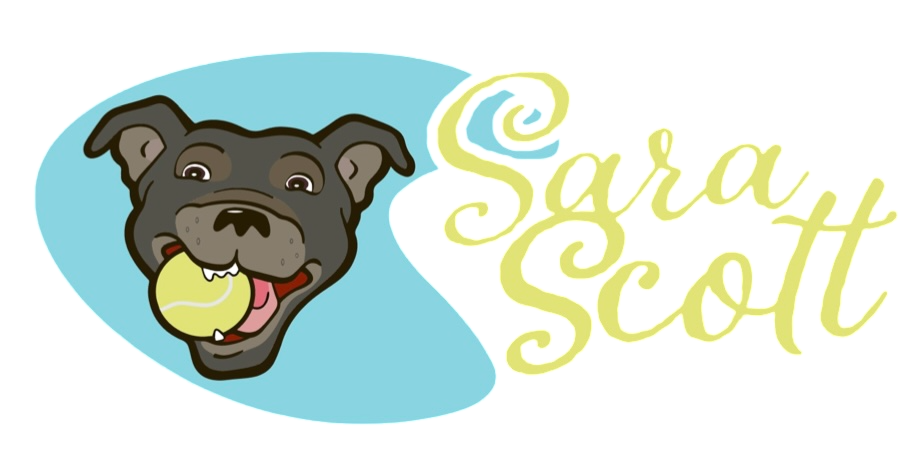The Science of Connection: Enhancing Dog-Human Relationships Through Co-Regulation
- Sara Scott
- May 13, 2024
- 3 min read
In recent years, the psychological concept of co-regulation has emerged as a key element in understanding and enhancing the dynamics of relationships. While traditionally explored within human interactions, particularly between caregivers and children, this concept holds transformative potential for other relational bonds as well. This brings us to an intriguing question: can the principles of co-regulation apply to the unique relationships between dogs and their owners?
Defining Co-Regulation
At its core, co-regulation refers to the interactive process by which one individual’s nervous system influences another’s. This mutual exchange fosters emotional stability and a sense of security, establishing the foundation for healthy and resilient relationships. In the context of human connections, it often manifests through attunement to another’s emotional state, using nonverbal cues such as presence, voice, and breath to convey support and understanding.
The Importance of Co-Regulation
Applying the concept of co-regulation beyond human interactions to our relationships with dogs not only deepens our understanding of interpersonal dynamics but also unveils new methods for nurturing the human-canine connection. Dogs, attuned to human emotions, naturally exhibit co-regulatory behaviors, providing comfort and companionship during stressful moments.
Recognizing the significant role of co-regulation in enhancing the connection between dogs and their owners underscores its importance in cultivating deeper relationships. While understanding the theory is crucial, practical application is key. Let’s transition from the ‘why’ to the ‘how.’ In the next section, I will introduce a specific, practical exercise for you and your dog, designed to introduce you to the practice of co-regulation. Are you ready to deepen your connection through a hands-on approach? Let’s explore the chin rest behavior.

Practical Application
The chin rest behavior is an excellent starting point for co-regulation training. Teach your dog to comfortably rest their chin on your thigh for a while as a way to earn a reward. This exercise not only aids in relaxing your dog’s neck and jaw muscles but also calms their nervous system and promotes nasal rather than oral breathing. The extended contact also increases oxytocin levels in both you and your dog. This hormone plays a crucial role in enhancing well-being and security for both species, making it essential for fostering mutual connection and enriching social interactions.
Start by following this video tutorial to teach the initial steps: Watch Tutorial.
Once your dog consistently rests their head on your leg after a few days of practice, it’s time to work on duration—where the real transformation occurs. Learn how to extend the duration with this helpful video: Teach Duration.
By integrating this actionable exercise into your daily interactions, you not only enhance your life but also establish a foundation for nurturing and compassionate relationships. Embrace this journey of co-regulation; it promises to transform how you communicate and connect, not just with your dog, but with everyone around you.
Are you ready to transform your relationship with your dog and unlock a new level of understanding and empathy? My specialized dog behavior coaching services are designed to help you achieve just that. By utilizing the principles of co-regulation, I offer personalized training programs that not only address specific behavioral challenges but also enhance the emotional connection between you and your dog.
Don’t miss the opportunity to explore the full potential of your interactions with your dog. Whether you’re addressing a specific issue or simply aiming to improve communication and mutual understanding, my personalized coaching can facilitate a more harmonious relationship and healthier behavior. Click here to learn more and begin your journey of co-regulation with your dog today!

Comments